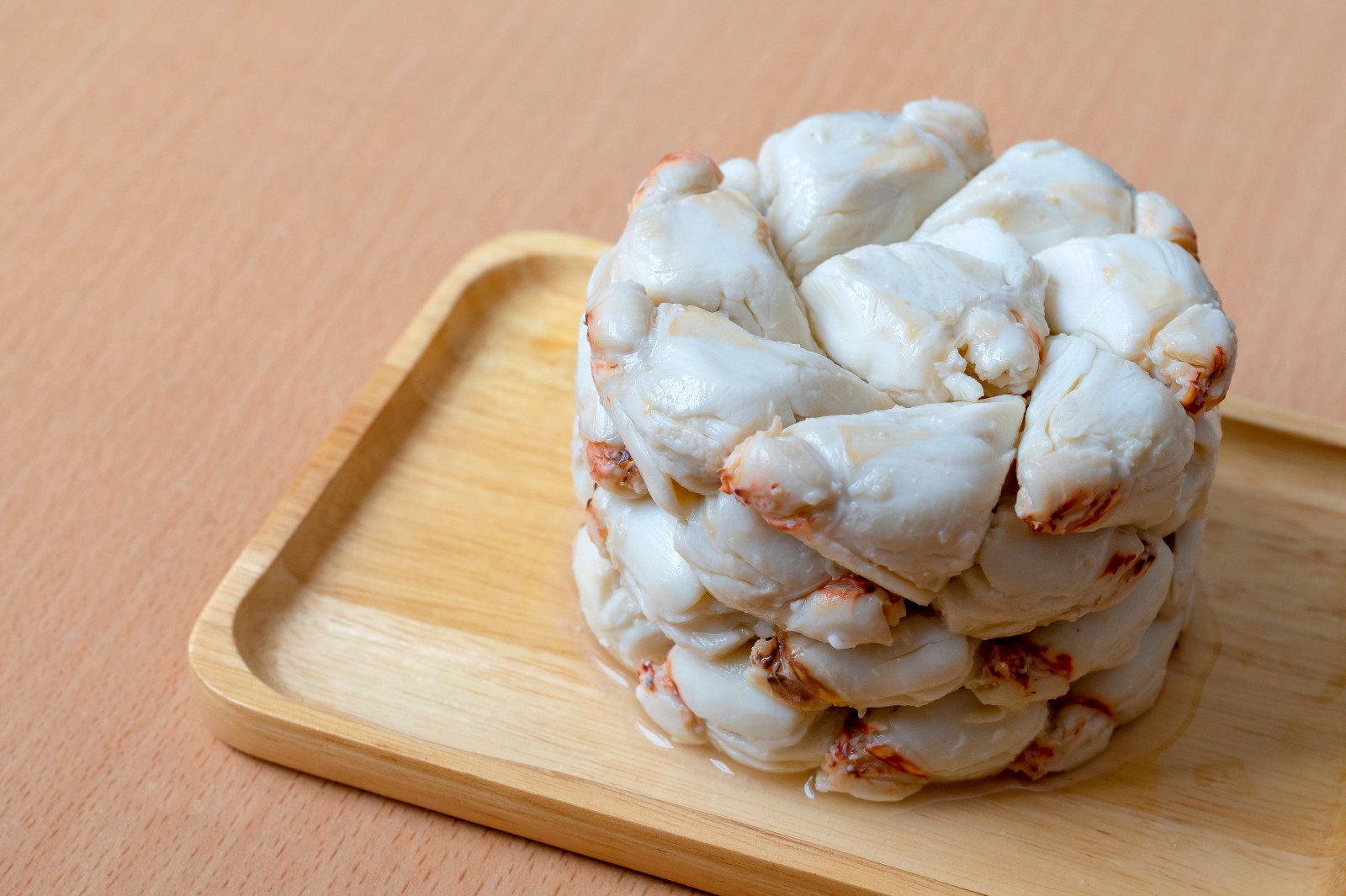How to Make your Brand Stand Out
Being a newbie in any industry is tough, most especially in the cutthroat world of food and bever-ag...

October 29, 2021
A list of the brands selling canned crab, the varieties, where they come from, and how to order
Living in an island nation with abundant resources from the sea, we are spoiled with fresh
seafood available to us almost all year round. Crab, in particular, is a delicacy best cooked and served fresh, with many restaurants even offering them live until they are ready to be prepared in the kitchen.
Still, there are many countries with no access to fresh crabs, and enterprising food
manufacturers have found a way to address their needs. Pasteurized crab meat is made by first cooking live crabs then picking them from their shell. These are packed inside tins or plastic tubs that are hermetically sealed, preventing the passage of air or any form of gas. It is then put through a pasteurization process just like milk or orange juice where it is exposed to heat and then cold. This rapid change in temperature is what kills bacteria without having to ever boil the product, making the picked crab safe to eat even straight from the can.
With locals having easy access to fresh crab, most pasteurized canned crab meat are exported to other countries, and many are relabeled by large foreign food brands. However, these are three Philippine-made canned crab meat that can be spotted on supermarket shelves and online grocers.
Central Seafood Inc.
This exporter of frozen fresh marine products and pasteurized canned crab meat is based in
Cordova, Cebu where they have several buying stations and satellite picking plants all over the Visayas region. Operational since 1997, they source mostly from Visayan waters, extending northward towards the Bicol region in the southern tip of Luzon which has increased their production capacity to 3,000 metric tons a year. The blue swimming crab indigenous to the Philippines—locally known as “alimasag”— is sectioned, picked, and packaged in five different variants: jumbo lump, super lump, backfin lump, special, and claw. These are exported mainly to the United States, with demand growing steadily in Japan, Korea, and Hong Kong.
Saravia Blue Crab Inc.
As the name implies, this seafood processor and exporter specializes in blue swimming crab
that are wild-caught in the waters of Negros. The meat comes from 100% live crabs that are
cooked and handpicked in various approved facilities in Negros and then pasteurized in their
HACCP certified plant in Bacolod City.
They initiated a community-based sustainability campaign wherein they advocate the use of
bamboo crab pots, allowing fishermen to return pregnant or underdeveloped crabs back to sea, creating a demand for bamboo, and providing steady income for skilled workers that weave these pots. It is also worth noting that 60% of their employees are deaf-mutes, harnessing the skills of these differently-abled persons that are assets in ensuring the quality of their product.
While most of their tinned products are exported to the United States, Panama, and Taiwan,
they are also available locally through their social media accounts, direct sellers, and in Metro
Manila at European deli Terry’s Selection.
Pier 717
With its sister brand Milagros Bay, Pier 717 is known to be the premier crab exporter in the
country. They are the first EU and HACCP certified crabmeat exporter and have since shipped to more than 6 destinations in the European market. They source their blue swimming crabs through sustainable practices and mother company RGE Agridev Corporation, which is one of the founding members of Philippine Association of Crab Processors, Inc. (PACPI).
Their pasteurized crab meat products are sold in either plastic tubs or tin, with the crabs chilled and never frozen. They also pack for other companies in the United States and Europe, while locally they supply to restaurants, hotels, and select supermarkets.
Check out these food fusions between Filipino and Middle Eastern cuisines
The unending quest for healthy and sustainable food amid changing lifestyles
A quick look at the Philippine food staple often getting a bad health rap